These monthly highlights represent the most promising and cutting-edge research underway in the lab’s seven user facilities.
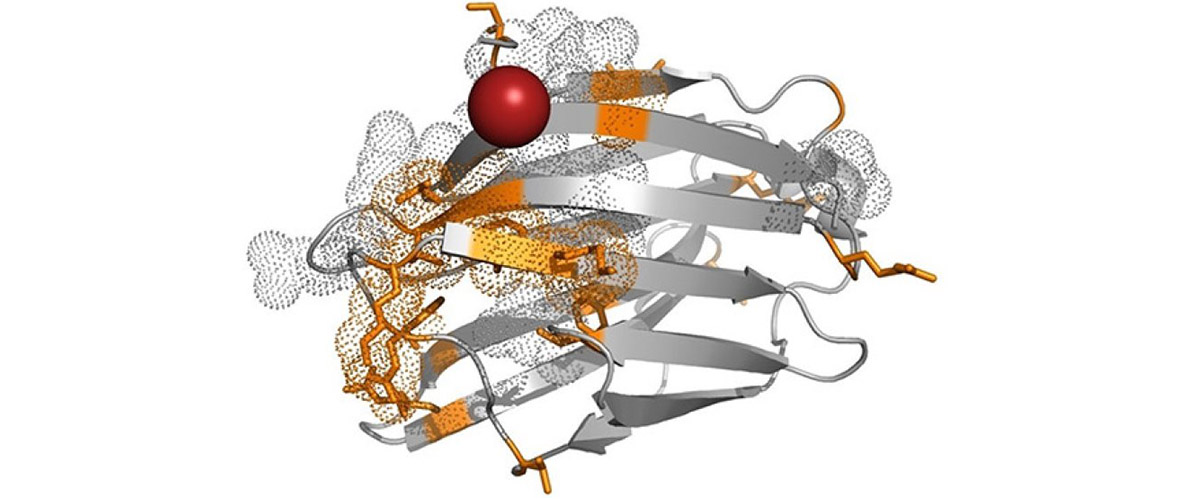
December 12, 2022
Using NMR, researchers determined a molecular model of a protein-polymer conjugate, providing new insights into how polymers can be used to make prote…
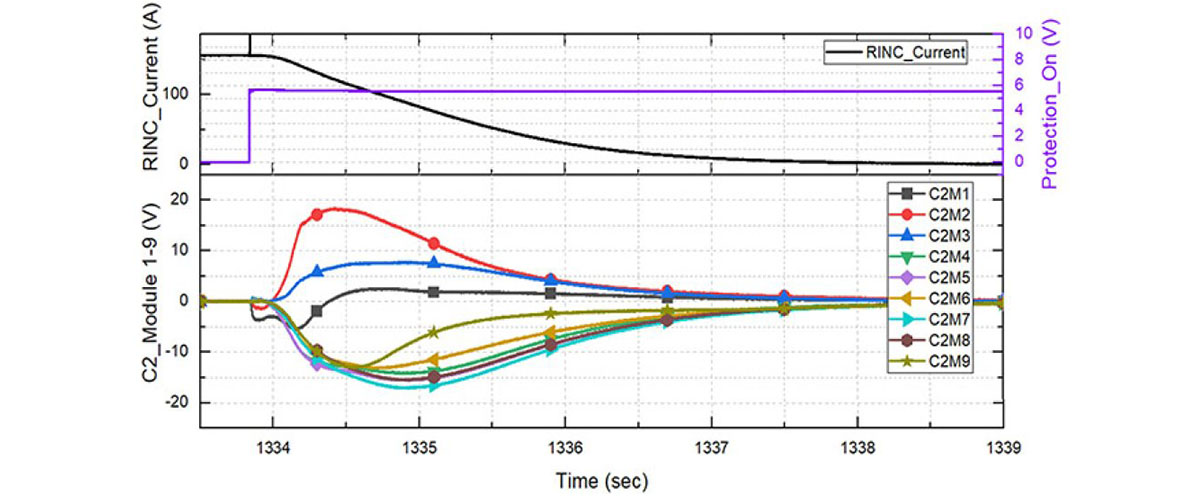
December 12, 2022
A 19 T high-field magnet made with REBCO high-temperature superconductor, but without electrical insulation, was tested to see if it is a viable desig…

November 14, 2022
Zeolite catalysts are critical to generating the molecules that provide the building blocks of society’s energy and materials needs. Discerning a clea…

November 14, 2022
A defining experimental signature of a crossover in the strength of the pairing interactions from the weak coupling BCS to the strong coupling Bose-Ei…
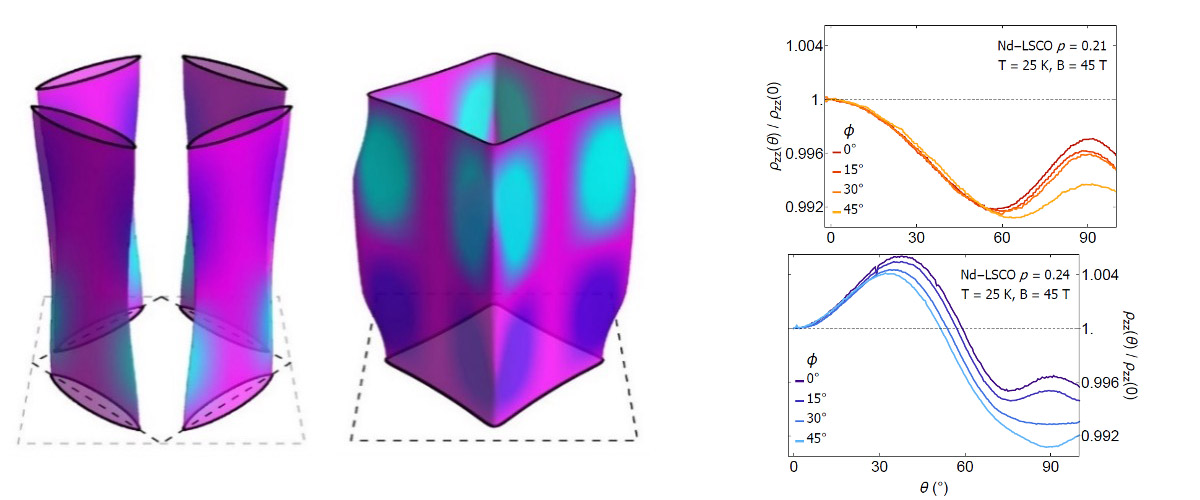
October 18, 2022
In high-temperature superconductors, a region exists between the superconducting and normal states known as the pseudogap state. Using the 45T hybrid …
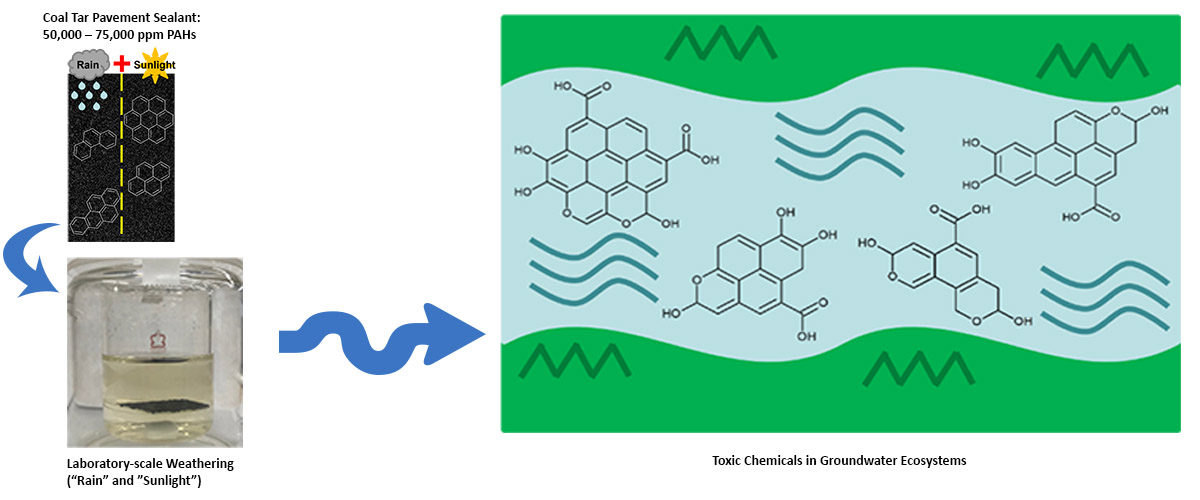
October 18, 2022
New research shows that high concentrations of polycyclic aromatic hydrocarbons (PAHs) found in coal tar pavement sealants are oxidized into toxic, wa…
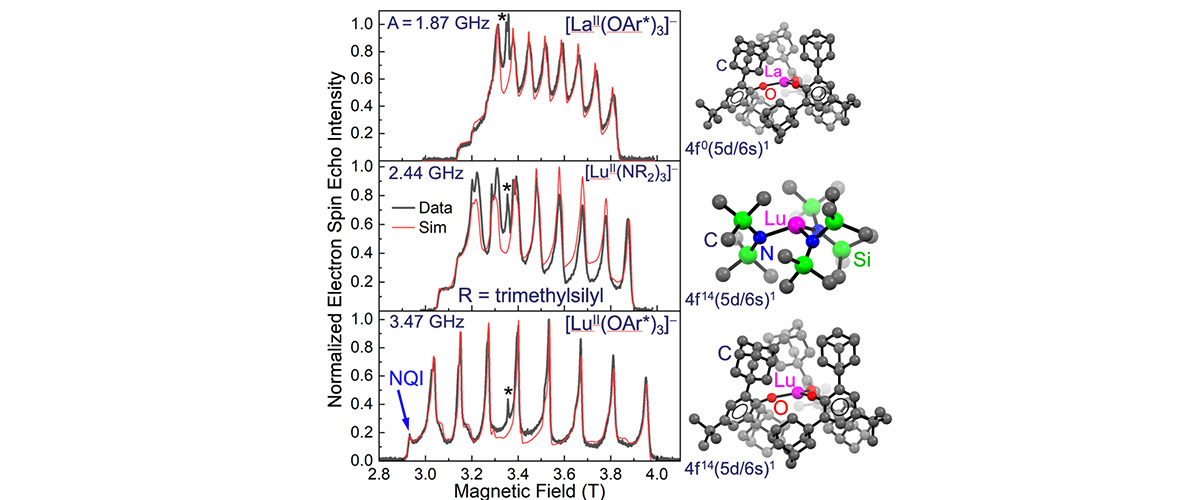
September 12, 2022
Electron spin coherence was enhanced through engineering of so-called clock transitions in molecular magnets, an advance in quantum computing strategi…
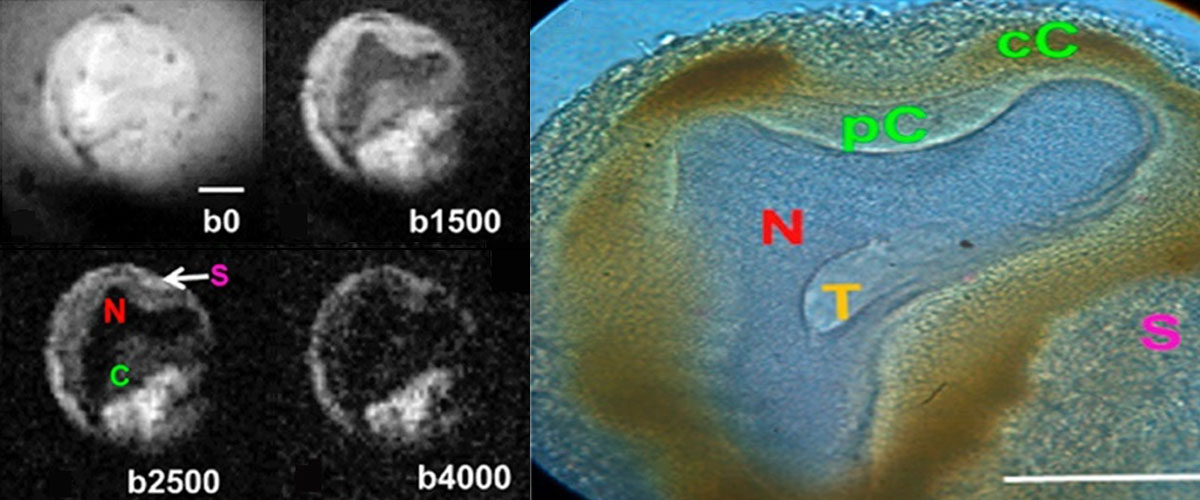
September 12, 2022
MRI scans taken after a stroke show brightness around the injury, the origins of which have been a long-standing and vexatious mystery for scientists.…
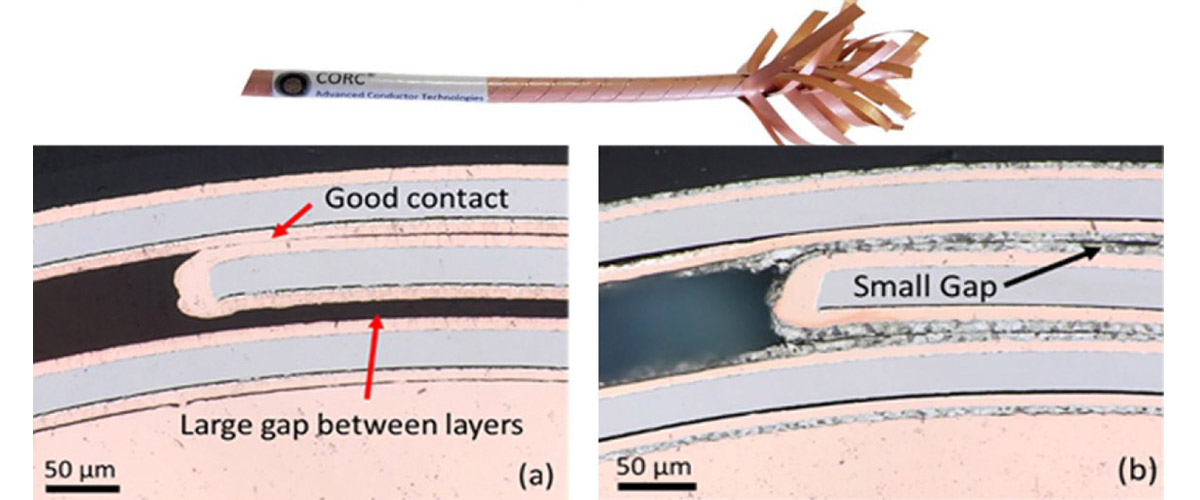
September 12, 2022
Large superconducting magnets need multi-conductor cables, which act like multi-lane freeways to allow electricity to switch lanes if one gets blocked…
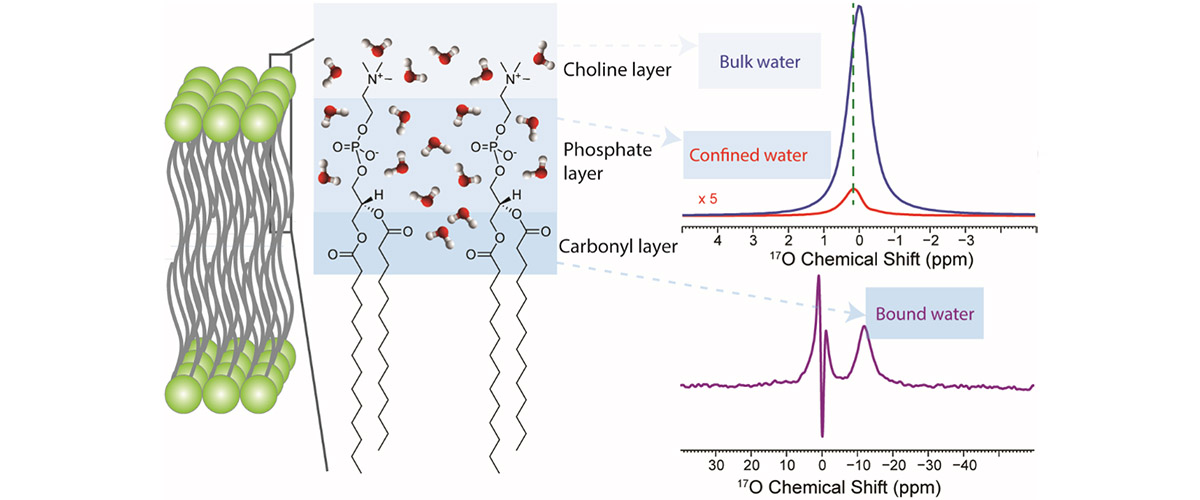
August 15, 2022
A new 17O solid-state NMR technique, employed on the highest-field NMR spectrometer in the world (the 36 T Series Connected Hybrid), identifies water …
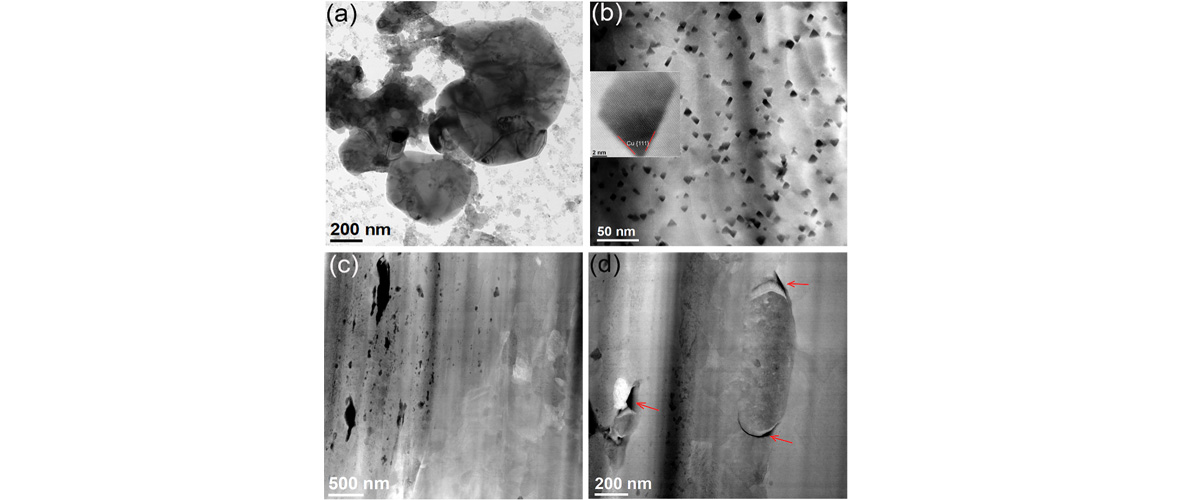
August 15, 2022
The MagLab's ultrahigh-field pulsed magnets require materials with both high mechanical strength and high electrical conductivity. One of these materi…

July 18, 2022
Three complementary measurements in intense magnetic fields shed light on a very unusual material that behaves like a metal, but does not conduct elec…
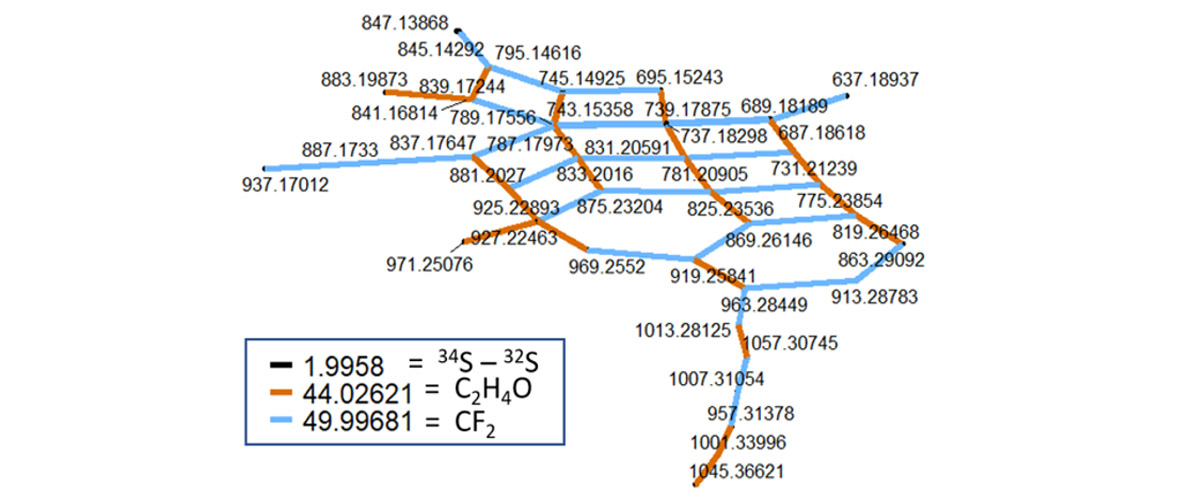
July 18, 2022
Using the world's most powerful mass spectrometer, scientists have developed a new method to profile complex PFAS mixtures at the molecular level, fac…

June 21, 2022
MagLab K-12 educator Carlos R. Villa is awarded Gold Medal from Tallahassee Scientific Society.
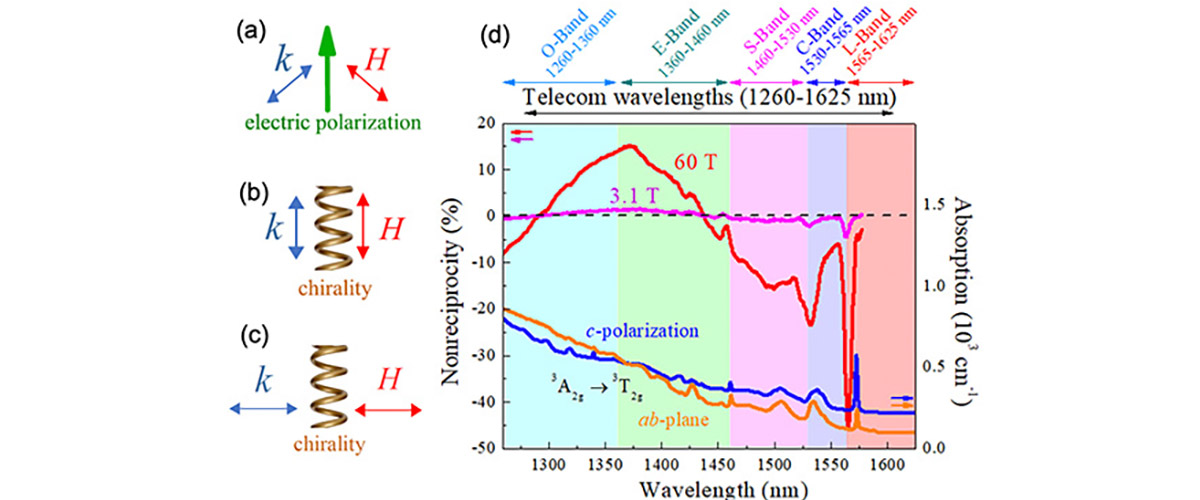
June 17, 2022
Generally, light transmission is symmetrical - it's the same if you shine a light through a material forward or backwards. Using powerful pulsed field…

June 17, 2022
Evolutionary biologists reused FAIR data generated at the MagLab's NMR facility to model an RNA-binding protein in mammals dating back 160 million yea…
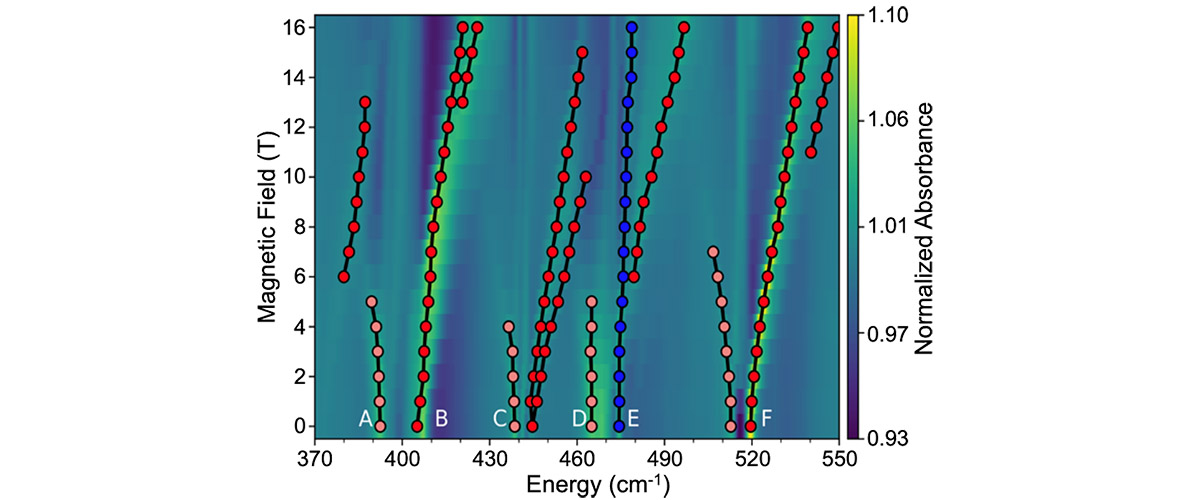
May 16, 2022
Using far-infared magnetospectroscopy in high magnetic fields, scientists probed coupled electronic and vibrational modes in a molecular magnet that a…
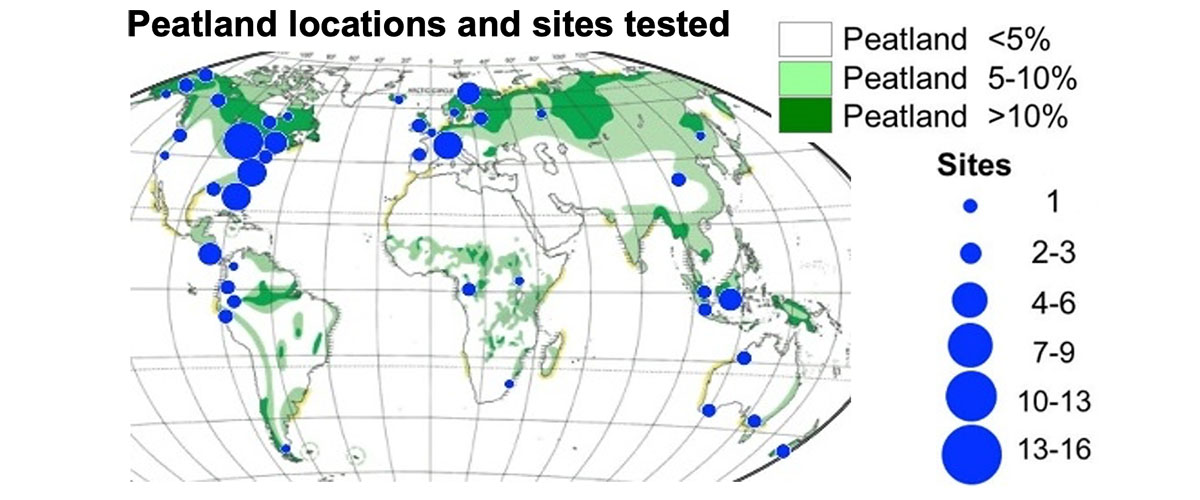
May 16, 2022
Understanding the organic composition of peat wetland soils can determine whether the carbon sources may be converted into carbon dioxide gas, work th…

May 16, 2022
This new MagLab program pairs Florida A&M University undergraduate students with MagLab STEM mentors for a rotational internship experience that e…
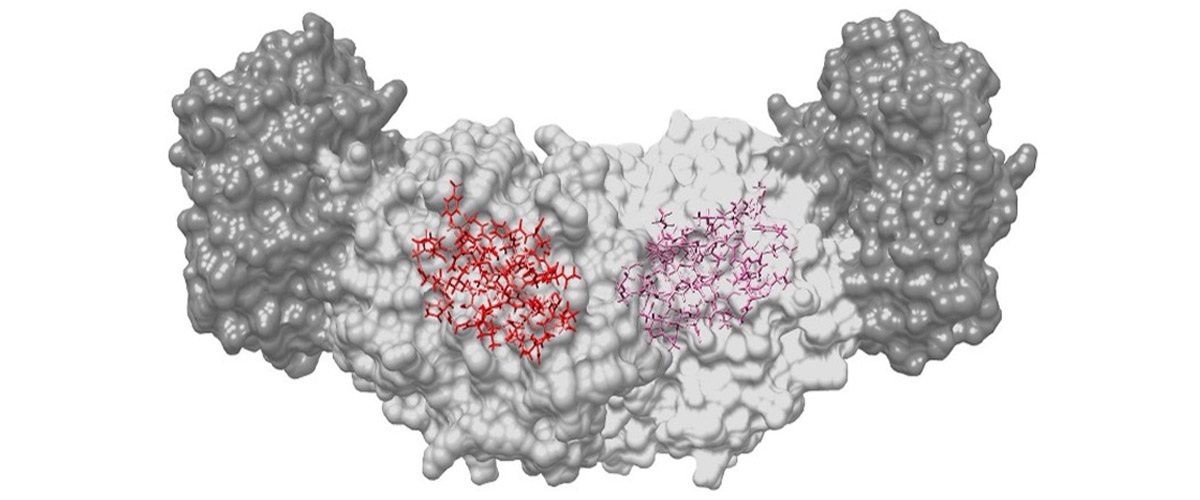
April 19, 2022
This new technique for mapping out atom placements in the active site of enzymes could unlock the potential for finding new therapeutics.

April 19, 2022
The start of a sustainable business model for manufacturing advanced superconductors was established by a panel of industry leaders, university facult…
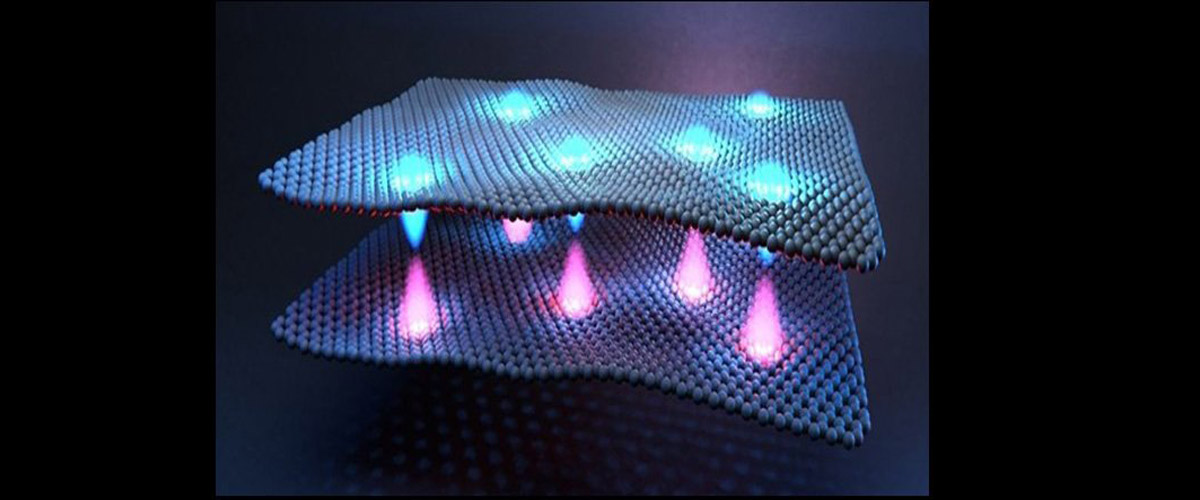
March 11, 2022
Theory predicted that the transition between the superconducting and superfluid regimes should be continuous for electrons and holes in solid material…
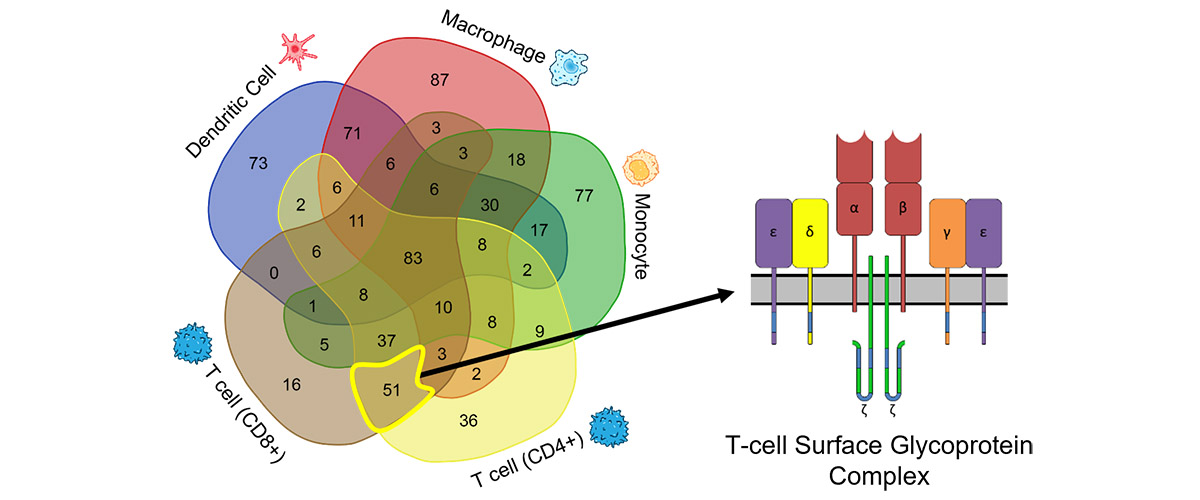
March 11, 2022
A new Blood Proteoform Atlas maps 30,000 unique proteoforms as they appear in 21 different cell types found in human blood. The MagLab's 21 tesla FT-I…

February 09, 2022
High-magnetic-field, high-frequency electron paramagnetic resonance demonstrates how coordination chemistry can be leveraged to stabilize a desired el…
February 09, 2022
A new class of correlated quasiparticle states discovered in a multi-valley semiconductor using optical absorption measurements in pulsed magnetic fie…
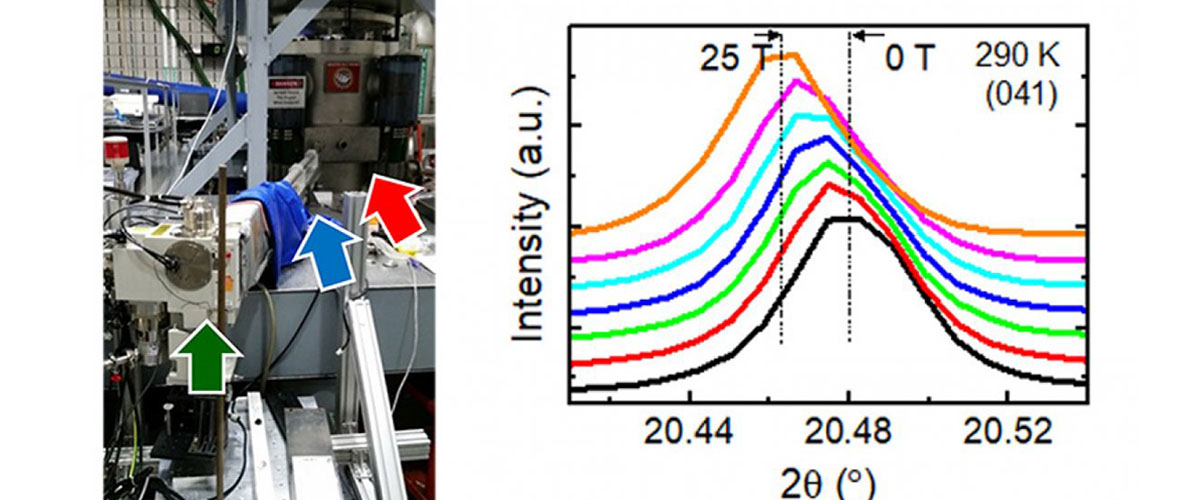
January 25, 2022
Using X-ray diffraction, scientists can now detect atoms themselves moving further apart or closer together in high magnetic fields, giving science a …
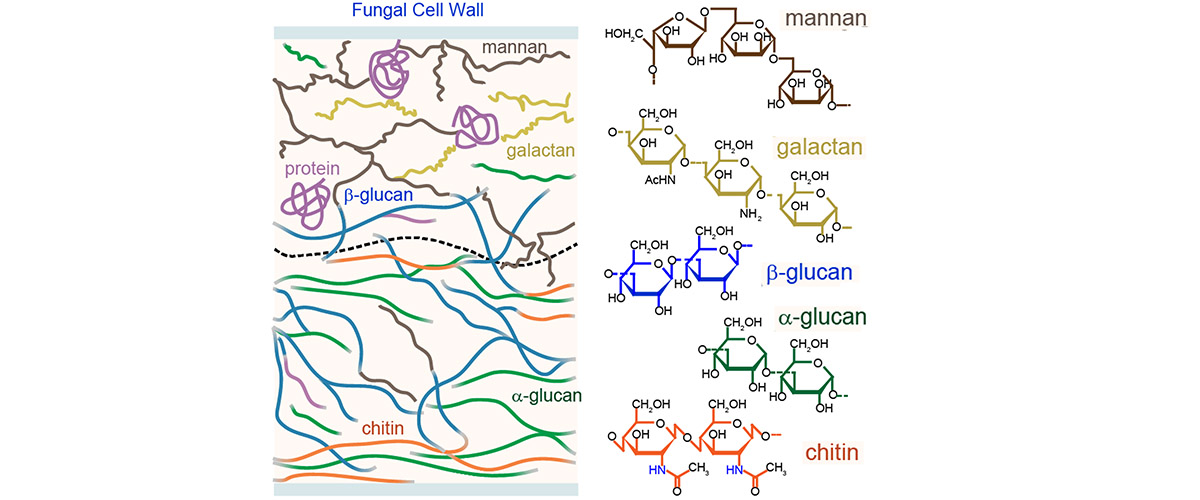
January 25, 2022
Scientists have used high-field nuclear magnetic resonance (NMR) to reveal how fungal pathogens use carbohydrates and proteins to build their cell wal…
Last modified on 06 August 2024